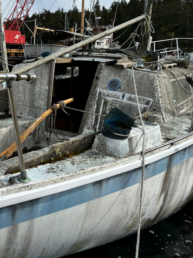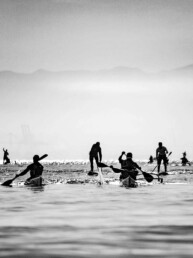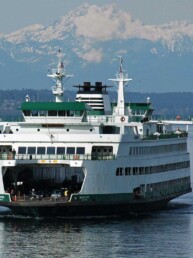After years of deliberation, public comments, and back-and-forth opinions on the topic, Puget Sound has officially been designated as a No Discharge Zone.
Citing the protection of shellfish, public health and water quality, Washington State Department of Ecology Director, Maia Bellon, signed into law the Puget Sound No Discharge Zone on Monday, April 9.
After a five year public process and EPA approval, Chapter 173-228 WAC is set to take effect as of May 10. Although some commercial vessels have a five year delay before the rule becomes active. There is no change for graywater discharges.
What this means for boaters is that, while in the established zone in Puget Sound and certain adjoining waters, boats may not release sewage, whether treated or not. See below map:

Recreational boating resources:
Most recreational boats already have holding tanks and boaters are now not allowed to discharge sewage, treated or untreated into Puget Sound. If your boat has a toilet on board, you are required to have a marine sanitation device (MSD).
If you have a treatment MSD (Type I or Type II), you will need to secure it in a manner which prevents discharge of treated or untreated sewage. See the Coast Guard regulations for more details. Acceptable methods of securing the device include:
Closing the seacock and removing the handle;
Padlocking the seacock in the closed position;
Using a non-releasable wire-tie to hold the seacock in the closed position; or
Locking the door to the space enclosing the toilets with a padlock or door handle key lock.
An alternative to securing your device is replacing your Type I or Type II MSD with a Type III holding tank.
If you have a toilet with a holding tank (Type III MSD) you can use the variety of pumpout facilities to pumpout your sewage (see links below).
You can use stationary pumpouts, mobile pumpouts boats, pumping services (trucks, barges), or discharge outside the NDZ following state requirements.
Find a pumpout in Washington state or visit the State Parks pumpout website.
Editor
48° North Editors are committed to telling the best stories from the world of Pacific Northwest boating. We live and breathe this stuff, and share your passion for the boat life. Feel free to keep in touch with tips, stories, photos, and feedback at news@48north.com.






